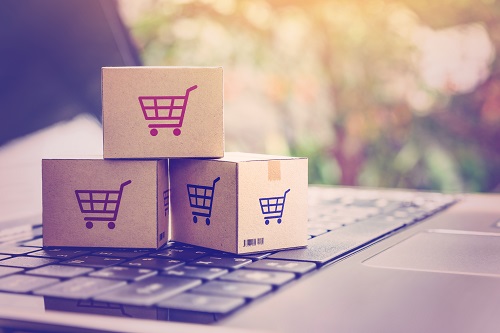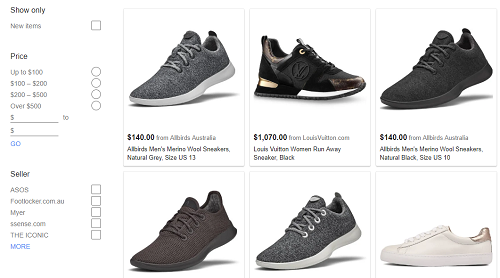 It’s no longer just a rumour. Google is adding a buy button in product listing ads (PLAs) and the testing is expected to happen this year. The ETA of the launch isn’t clear yet. But some expect Google to make the announcement this coming May, in time for the company’s annual I/O conference, while some expect the rollout to happen in Q4.
It’s no longer just a rumour. Google is adding a buy button in product listing ads (PLAs) and the testing is expected to happen this year. The ETA of the launch isn’t clear yet. But some expect Google to make the announcement this coming May, in time for the company’s annual I/O conference, while some expect the rollout to happen in Q4.
When this finally happens, Google will change the online shopping landscape, challenging retailers to adapt and e-commerce marketers to tweak their pay per click advertising services.
What exactly is happening?
Talks of Google creating a buy button for its online shopping site started December last year when the Wall Street Journal reported that Google is approaching retailers about creating a buy button to counter Amazon. The buy button is expected to allow shoppers to search for products on Google and purchase them with one click – right in Google’s own search results page.
The difference about the plan this year is that Google is primarily focusing on the mobile version because more people are using their phones than desktops. Since Google is still going to try things out, the buy button will only be run on a small percentage of search traffic.
How is this different from Google Shopping?

Google Shopping aggregates product pricing information and provides sellers with a platform to promote their stores. However, the current platform brings the searcher elsewhere like an e-commerce site’s landing page. With the introduction of the buy button, buyers can purchase items without visiting a store’s site.
Google hopes to reduce the friction in mobile purchases without interfering with the merchants and consumers’ relationship. If Google links the buy button to Google Wallet with credit card and shipping information, consumers can enjoy a seamless shopping experience.
What does this mean for sellers?
Since Google hasn’t formally launched the feature yet, it’s still a wait and see for most retailers. But there are a few things you can do to make sure that your company can capitalise when Google finally rolls out the feature.
First, retailers have to make sure that their site is mobile optimised. In case the buyer, who is most likely using a mobile device, wants to leave Google’s page and check your site before buying, your site should be responsive to mobile devices.
Second, retailers need to work hard to be a Google Trusted Store to be able to join the programme. Google did not announce this but as the giant wants to provide buyers with a seamless experience, they are taking on an additional risk in terms of customer service. Since allowing the buy button on ads is like a form of vouching for sellers, Google is most likely going to vet retailers who will qualify to have the button added.
Third, retailers have to find a way to regularly update information on their products’ price and availability. This will prevent customer dissatisfaction, negative reviews and getting kicked off Google’s programme.
Finally, retailers will have to review their Google Shopping campaigns. When selling is made so much easier, ads have to be more effective for buyers to choose your product and your store even if you don’t offer the lowest price.
Google’s innovation is both an online shopping game changer and a mobile game changer. To remain competitive, retailers will have to be flexible.